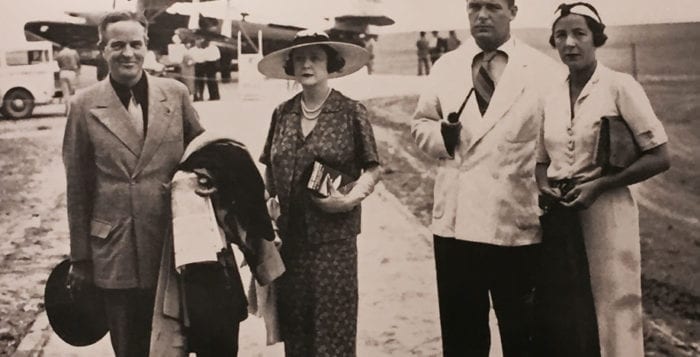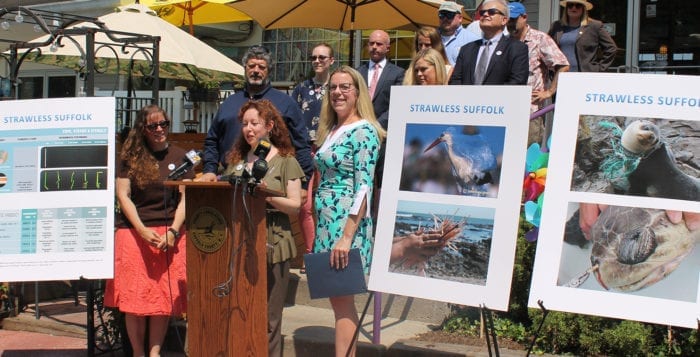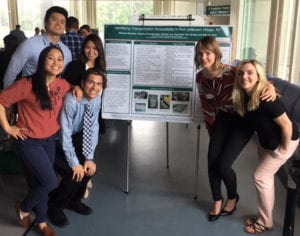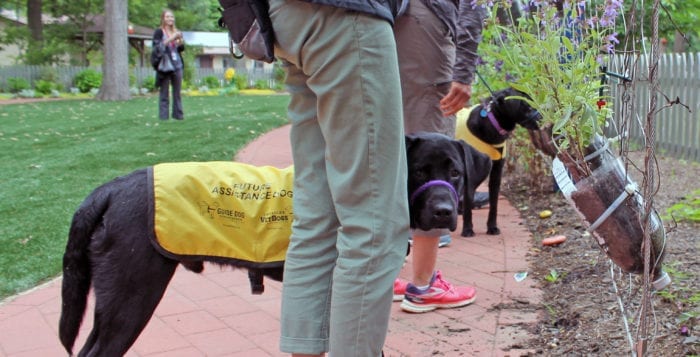By Anthony Petriello
One of New York City’s finest is bringing a wealth of experience to Suffolk County.
The Suffolk County Sheriff’s Office recently announced the hiring of Kevin Catalina, a 26-year veteran of the New York City Police Department, as Sheriff Errol Toulon Jr.’s (D) new undersheriff, the department’s second in command.

As of Aug. 1, Catalina, 51, will get started in the position, joining current Undersheriff Steve Kuehhas, who was appointed to the post by Toulon’s predecessor Sheriff Vincent DeMarco (R) and will continue serving in that role. Catalina was born and raised in Sayville, graduated from Sayville High School, and has lived on Long Island his entire life.
Toulon spoke highly of Catalina, and said he is optimistic about the value he can add to the department.
“During my six months in office, I was searching for the very best talent to help me lead the Suffolk County Sheriff’s Office into the future, and we are very fortunate that Kevin has accepted the position of undersheriff,” Toulon said in a statement. He is a resident of Long Island and knows our communities well, but he also brings a high level of expertise from the NYPD that will help drive innovation and reduce crime in Suffolk County.”
Catalina has a vast and varied history with the NYPD, having served in many crucial positions, and including in the NYPD’s counter-terrorism and counter-gang initiatives. He is currently serving as the deputy chief and commanding officer of the NYPD Intelligence Bureau in the Operational and Analytical Section, which oversees all proactive counter-terrorism investigations in New York City.
He started with the NYPD in 1992. He was promoted to sergeant in 1998, and soon after was transferred to the Queens Gang Squad as a sergeant. He was then promoted two times within the Queens Gang Squad to lieutenant and then captain, where he served until 2005.
Catalina then transferred to Manhattan, where he was put in charge of an upper-Manhattan precinct covering public housing. He was later promoted once again to deputy inspector and was put in charge of Manhattan’s 32nd Precinct. After three years in charge of the 32nd, he was transferred and became the captain of the 44th Precinct in the Bronx, which covers Yankee Stadium and the surrounding area.
When NYPD Commissioner William Bratton was reinstated in 2014, Catalina was placed as the captain of the NYPD’s Citywide Gang Unit, where he oversaw more than 350 detectives, and developed and implemented all gang investigative and suppression strategies utilized throughout the city . According to the NYPD, he is recognized as a subject-matter expert in gang violence and crime reduction strategies, and pioneered an initiative in the South Bronx that resulted in a 40 percent reduction in shooting incidents.
“During my six months in office, I was searching for the very best talent to help me lead the Suffolk County Sheriff’s Office into the future, and we are very fortunate that Kevin has accepted the position of undersheriff.”
— Errol Toulon Jr.
In 2016, Catalina was transferred to Manhattan North and became the executive officer, second in command, of all precincts above 59th Street. He then made his final transfer to commanding officer of the Operational and Analytical Section, where he will serve until July 31st.
Catalina said he was confident his experience in gang relations would be effective in dealing with the gang MS-13, one of the foremost concerns for law enforcement in Suffolk County currently.
“We really started to understand the gang issue around 2010 or 2011 and we saw a dramatic drop in violence,” he said. “We put together violence conspiracy cases using every possible bit of information we could get from social media, to jail calls and text messaging. We were able to prove conspiracies to commit violent acts, and once these kids realized they could actually get in trouble, the violence was seriously curtailed. MS-13 is no different than any other gang. People look at them like they’re this big bad organization, but ultimately they’re no different than the gangs we dealt with in New York City.”
Toulon said he was also optimistic about the success of the Gang Resistance Education and Training Program, which he implemented a few months back prior to learning of Catalina’s interest in the undersheriff position. Toulon said he visited Washington D.C. to garner more funding for the program. Gang activity in Suffolk has become a topic of national discussion, thanks in large part to the light shone on it by President Donald Trump (R), including in a visit he made to the Suffolk County Police Academy in Brentwood in 2017.
“Gang recruitment usually starts at the middle school level, and that’s what the GREAT program is geared towards,” Toulon said. “We have deputy sheriffs and corrections officers that work with these kids in communities that are adversely affected by gangs, and I’m advocating for additional funding [for this program].”
Catalina’s addition, joining Kuehhas, will help round out the leadership in the sheriff’s office, according to Toulon.
“I was looking for another component because Steve Kuehhas, who will be remaining with me, has a strong legal background, and my background is in corrections, so adding Undersheriff Catalina with a strong police background brings a great asset to the sheriff’s office,” he said.



















